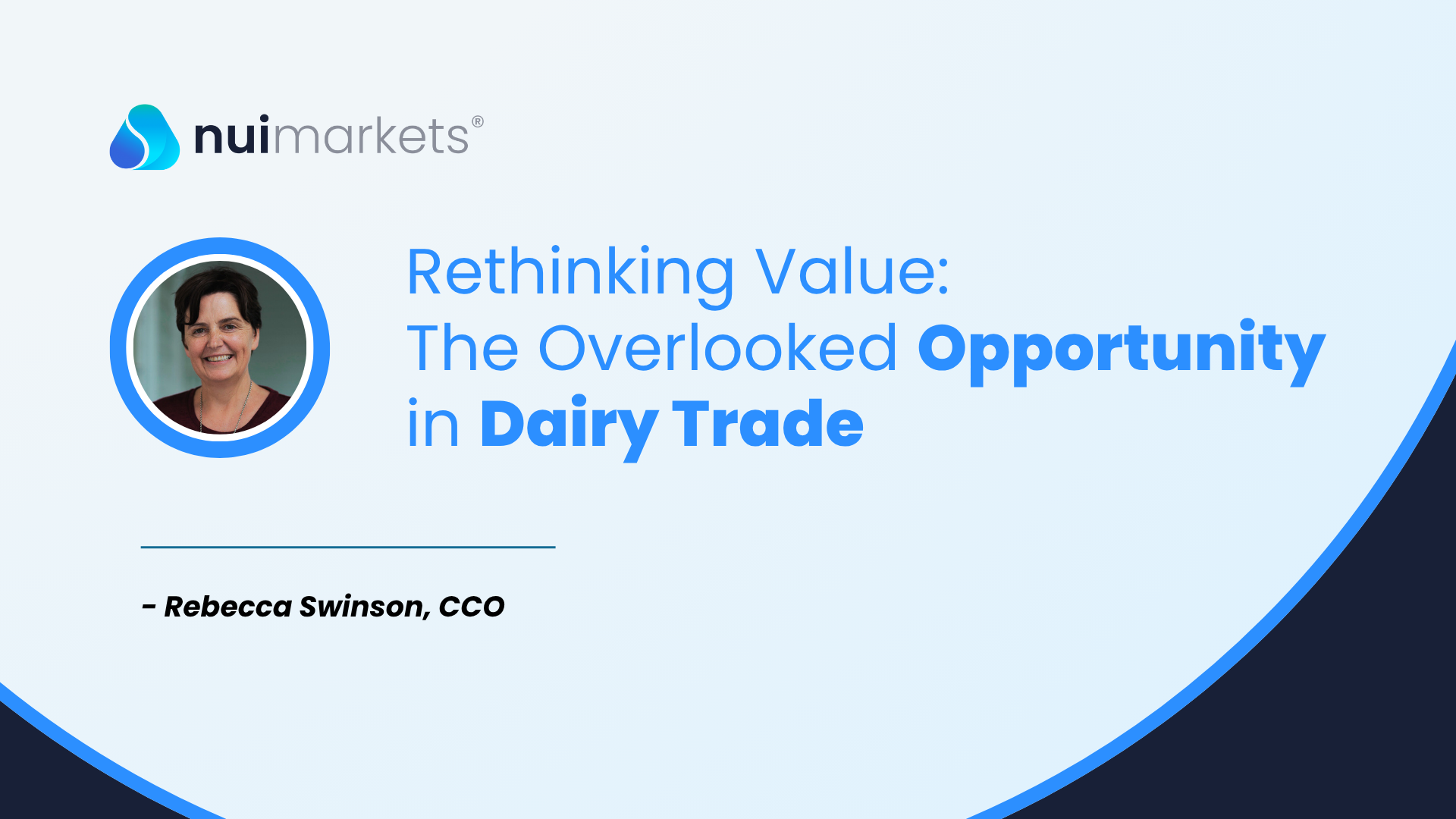Downgrade Doesn’t Mean Discount: Why Trading on the Edge is Key to Premium Recovery
In dairy processing, every product has value. The challenge is capturing it to ensure the best return on your milk supply. Too often, downgrade is treated like a problem to be cleared out of the warehouse or, more urgently, out of cold storage, where every extra day costs money. I’d argue it should be seen as one of the biggest opportunities to recover value if we change how we approach it.
Out of Spec, Not Out of Value
When a load is in spec, buyers know exactly what they’re getting. Recipes are built around those specifications; the numbers line up, the process is predictable. But when a load is out of spec, things get trickier. Each buyer needs to run their own analysis to determine the best fit for their product. And here’s the interesting part: in many cases, it works...
For example, if you’re making processed cheese, does it matter if the moisture is slightly out? Not really. If you’re blending powders, a hint of scorch disappears in the mix—no flavour change, no issue. Using premium in-spec product in these applications can be unnecessary. So, downgrade doesn’t mean lesser quality; it’s just a question of fit.
From Firefighting to Matchmaking
Most often, downgrade is moved through phone calls to friendly networks. A classic scenario - a load misses spec, storage is an issue, and the priority is to get it shifted. Sure, you have contacts to clear product, but are you leaving money on the table?
The alternative is to treat downgrade trading like matchmaking. Sellers put the product up for tender, share the details, and give buyers the time they need to have their QA teams check against requirements. Buyers can then decide if it’s the right fit, and the market sets the price. If speed is the only concern, a set-price listing can move it quickly. Either way, the process is transparent, more eyes are on each load, and the chance of achieving the best possible return increases.
Many of our enterprise customers already use Nui this way. By trading downgrade through their own branded Enterprise platforms, they ensure privacy and control. Only the customers they choose see those opportunities, ensuring the right eyes are on it without affecting the rest of their product range. It’s a way of managing sensitive sales streams strategically—recovering value while keeping core markets protected.
This is where digital tools are proving their worth. They remove the guesswork, make it easy to put one offer in front of many buyers, and ensure the right people have the information they need to make a decision. The result is less waste, faster movement, and stronger returns.

